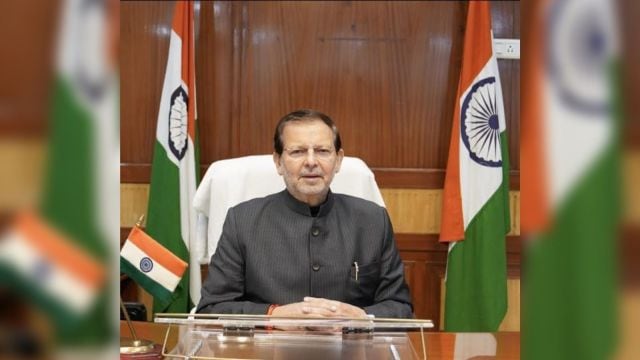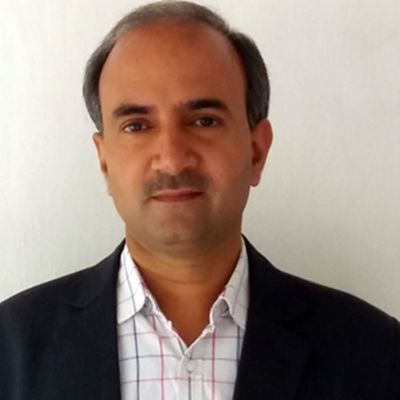Haryana’s Agroha, once the capital of Maharaja Agrasen, to witness excavation after 44 years
Haryana Chief Minister Nayab Singh Saini will inaugurate the excavation at Agroha on March 25.
 Haryana Heritage and Tourism Minister Arvind Sharma. (Express Photo)
Haryana Heritage and Tourism Minister Arvind Sharma. (Express Photo)After more than 44 years, Haryana’s Agroha town, an archaeological site and the erstwhile capital of Maharaja Agrasen, will witness excavations from March 25 this year, the state’s Heritage and Tourism Minister Arvind Sharma said on Thursday.
The excavation will take place under the supervision of officials of the Archaeological Survey of India (ASI) and the Haryana State Archaeology Department, Sharma said, adding that Chief Minister Nayab Singh Saini will inaugurate the work.
The previous excavation at the site had taken place between 1978 to 1981, Sharma added. According to the officials, previous studies have uncovered evidence of an ancient civilization beneath the mound at the Agroha archaeological site. The officials also said that the discovery of coins from the Agroha (republic) during previous excavations, along with references to its ancient name, ‘Agradoka’, found in ancient literature, including the Mahabharata, provide substantial evidence supporting its status as the headquarters of the republic.
 The previous excavation at the Agroha site had taken place between 1978 to 1984. (File photos, source officials)
The previous excavation at the Agroha site had taken place between 1978 to 1984. (File photos, source officials)
“The city of Agroha was strategically positioned on the ancient trade route connecting Taxila and Mathura, making it a crucial commercial hub and political activity. Previous excavations have underscored the site’s potential, revealing evidence of five distinct cultural periods spanning from approximately the 4th century to the 14th century AD,” the state government stated earlier.
In August 2023, the then chief minister Manohar Lal Khattar communicated with the then Union culture minister G Kishan Reddy regarding the excavation efforts at the protected site. He expressed the Haryana government’s willingness to highlight the archaeological heritage within the historically renowned city of Agroha.
In March 2024, the then Haryana Vidhan Sabha speaker Gian Chand Gupta and the then urban local bodies minister Kamal Gupta had launched a Ground Penetrating Radar (GPR) survey, a geophysical technique that discerns the composition of layers beneath the ground surface and identifies any underlying structures, at the site.
 Kamal Gupta, a BJP leader, had stated that a plan has been prepared to develop Agroha as a global city within a radius of 25 km, which will emerge as a hub of international-level religious tourism. (File photos, source officials)
Kamal Gupta, a BJP leader, had stated that a plan has been prepared to develop Agroha as a global city within a radius of 25 km, which will emerge as a hub of international-level religious tourism. (File photos, source officials)
Kamal Gupta, a BJP leader, had stated that a plan has been prepared to develop Agroha as a global city within a radius of 25 km, which will emerge as a hub of international-level religious tourism. “Its profound archaeological and religious significance, intertwined with its roots in the Harappan culture, renders it a treasure trove of immense tourism potential. In addition to renowned sites like Rakhigarhi, Banawali, Bhirdana, and Kunal, Hisar, and Agroha will collectively form one of the largest tourism circuits globally, alongside the Indus Saraswati sites,” Gupta added.
According to historians, Gupta said, approximately 5,000 years ago, Agroha was the capital of Maharaja Agrasen, who is recognised as the pioneer of socialism. Gupta recounted that the excavation endeavours first commenced during the British era in 1888-89, followed by subsequent efforts in 1938 and again in 1978-79, which continued for three years.













